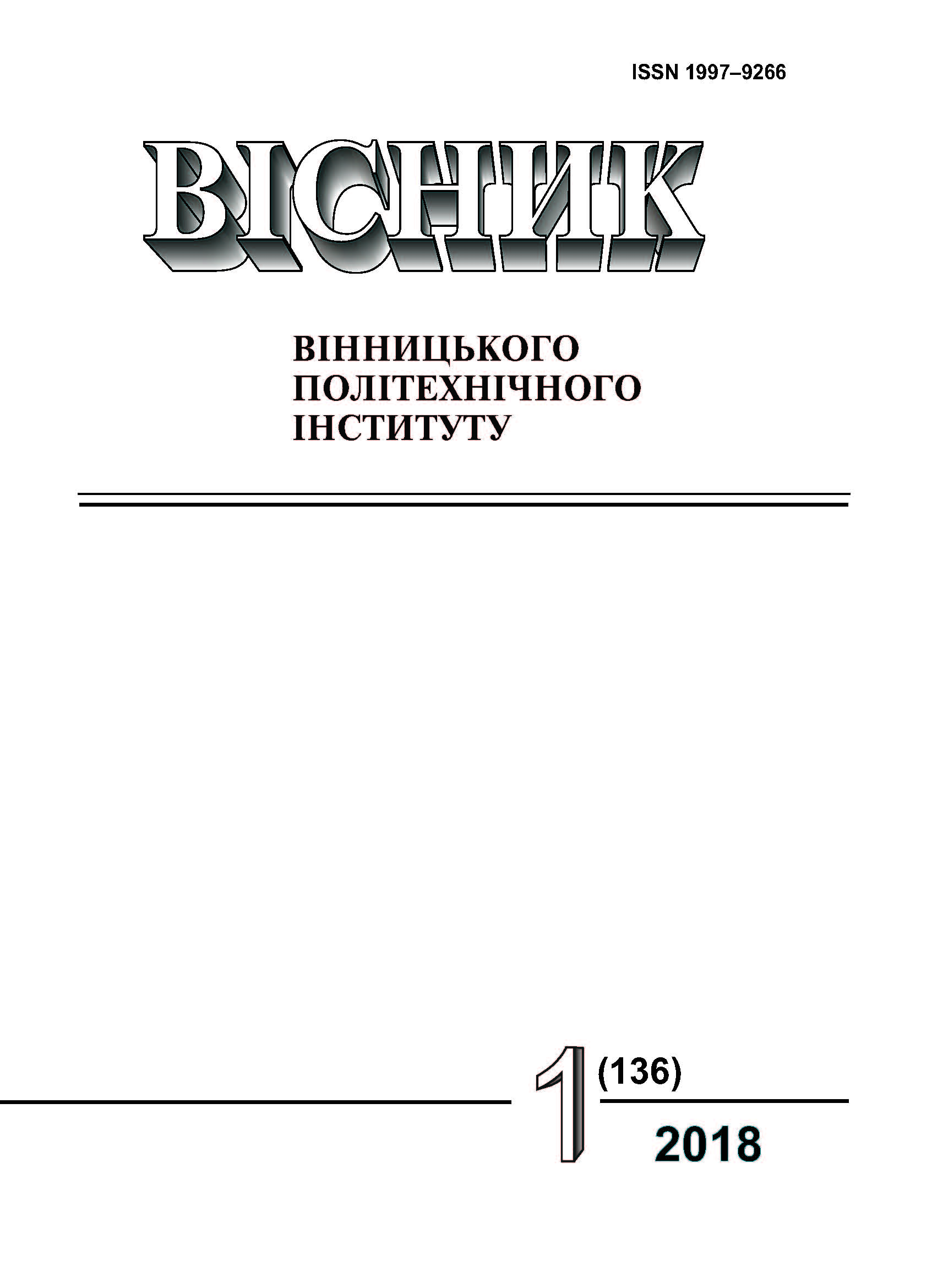Assessment of Balanced Reliability of Restored Electricity Sources in Distribution Networks Taking into Account Typical Graphics of Generationand Consumption
Keywords:
distributed generation, distribution networks, centralized sources, reserve powerAbstract
The article focuses on the location of centralized sources in providing a balance of power in distributive networks with distributed generation. The method of estimating the timetable of non-consumption of electricity to consumers is proposed, which is caused by sudden failures of the ES (electrical system) elements, the main equipment of the DES (dispersed energy sources), as well as the discrepancy, from the natural causes, schedules generated by the DES, declared.
The article suggests a combined method that, unlike known ones, takes into account the daily load schedule and changes in the electric power transmission scheme depending on the operation modes of dispersed sources. It has been experimentally established that the proposed approach makes it possible to increase the adequacy of the estimation of balance reliability by combining methods for estimating reliability and periodically refining the initial data with the help of geoinformation systems.
The presence of IDE in the electricity supply system has both positive and negative effects. Among the positive ones, it should be noted a decrease in electricity consumption during the day. Negative is the need for their reservation by centralized sources of energy, since IDEs without means of accumulation of energy cannot provide the stated schedule of power delivery due to the difficult predicted weather conditions. The results of calculations on characteristic load / generation graphs indicate the need to keep in reserve the power that would cover up to 40% of the total electricity consumption.
Considering these factors, using the probability theory methods and the decomposition principle, an expression was obtained for evaluating the lack of electricity in the distribution network with the DES. The probability of failure of individual elements of the ES, as well as the failure of dispersed sources and inconsistency of their generation schedules for a given time point are taken into account.
It has been experimentally established that using the power generating and consumption capacities, as well as power supply schemes for certain moments of time, it is possible to adequately assess the timetable for the lack of electricity for consumers, the reliability of the balance sheet, as well as the schedule of the required power reserve of the centralized source for ensuring the balance reliability of the ES, that is, consumer electricity supply and operation of the DES.
References
[2] А. А. Марков, Введение в теорию кодирования. М., Россия: Наука, 1982, 192 c.
[3] Dimitri Kececioglu, «Reliability Engineering Handbook,» PTR Prentice Hall, New Jersey, vol II, pp. 341-349, 1991.
[4] В. О. Комар, С. Я. Вишневський, та О. В. Кузьмик, «Використання показника якості функціонування при оцінюванні місць розмикання розподільної електричної мережі,» Наукові праці Донецького національного технічного університету, № 10 (180), с. 182-185, 2011.
[5] П. Д. Лежнюк, В. О. Комар, та С. В. Кравчук, «Визначення оптимальної потужності резерву для забезпечення балансової надійності локальної електричної системи,» Вісник НТУ «ХПІ», № 42 (1214), c. 69-75.
[6] В. В. Козирський, Ю. І. Тугай, В. М. Бодунов, та О. В. Гай, «Інтеграція поновлюваних джерел енергії в розподільні електричні мережі сільських регіонів,» Технічна електродинаміка, № 5, с. 63–67, 2011, ISSN 0204-3599.
[7] З. Г. Шефтель, Теорія ймовірностей. Київ, Україна: Наукова думка, 1994. 274 с.
[8] В. В. Воротницкий, «Надежность электроснабжения как инструмент регулирования отношений между поставщиками и потребителями энергии,» Энергия и Менеджмент журнал для энергетиков, № 3(48), 2009. [Електронний ресурс]. Режим доступу до ресурсу: http://web-energo.by/page.php?form_id=569.
[9] R. W. Wies, R. A. Johnson, and J. Aspnes, «Design of An Energy Efficient Standalone Distributed Generation System Employing Renewable Energy Sources and Smart Grid Technology,» Proceedings of IEEE Power & Energy Society General Meeting, 2010, pp. 1-8.
[10] «European Smart Grids Technology Platform, European Commission,» Directorate-General for Research Sustainable Energy System, EUR 22040, 44 pр., 2006.
[11] П. Д. Лежнюк, О. А. Ковальчук, та В. О. Комар, «Підвищення якості функціонування локальних електричних систем за рахунок відновлювальних джерел енергії,» Відновлювана енергетика ХХІ століття: XІІ міжнарод. наук.-практ. конф., Крим, Україна. 2011, с. 52-55.
[12] П. Д. Лежнюк, О. Є. Рубаненко, та Ю. В. Малогулко, «Оптимізація функціонування розосереджених джерел енергії в локальних електричних системах,» Вісник національного технічного університету «Харківський політехнічний інститут», № 60 (1102), с. 68-77, ISSN 2079-4525, 2014.
[13] Electric Power Research Institute Tech. Rep., The Smart Grid Interoperability Standards Roadmap, Aug. 2009, [Online], Available:
http://collaborate.nist.gov/twikisggrid/pub/SmartGridInterimRoadmap/InterimRoadmapFinal/Report_to_NISTlAugust10.pdf .
Downloads
-
PDF (Українська)
Downloads: 189
Published
How to Cite
Issue
Section
License
Authors who publish with this journal agree to the following terms:
- Authors retain copyright and grant the journal right of first publication.
- Authors are able to enter into separate, additional contractual arrangements for the non-exclusive distribution of the journal's published version of the work (e.g., post it to an institutional repository or publish it in a book), with an acknowledgment of its initial publication in this journal.
- Authors are permitted and encouraged to post their work online (e.g., in institutional repositories or on their website) prior to and during the submission process, as it can lead to productive exchanges, as well as earlier and greater citation of published work (See The Effect of Open Access).





